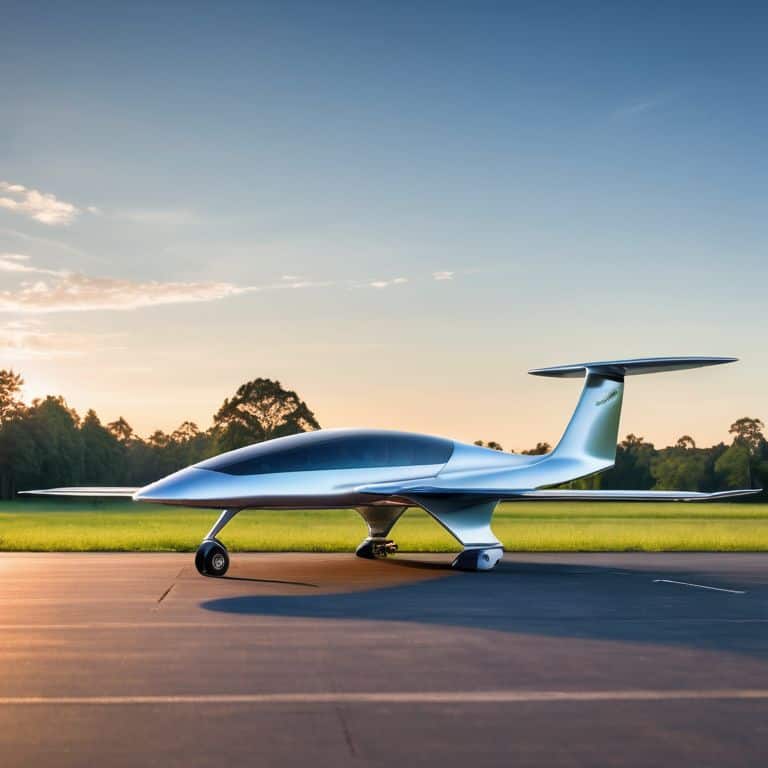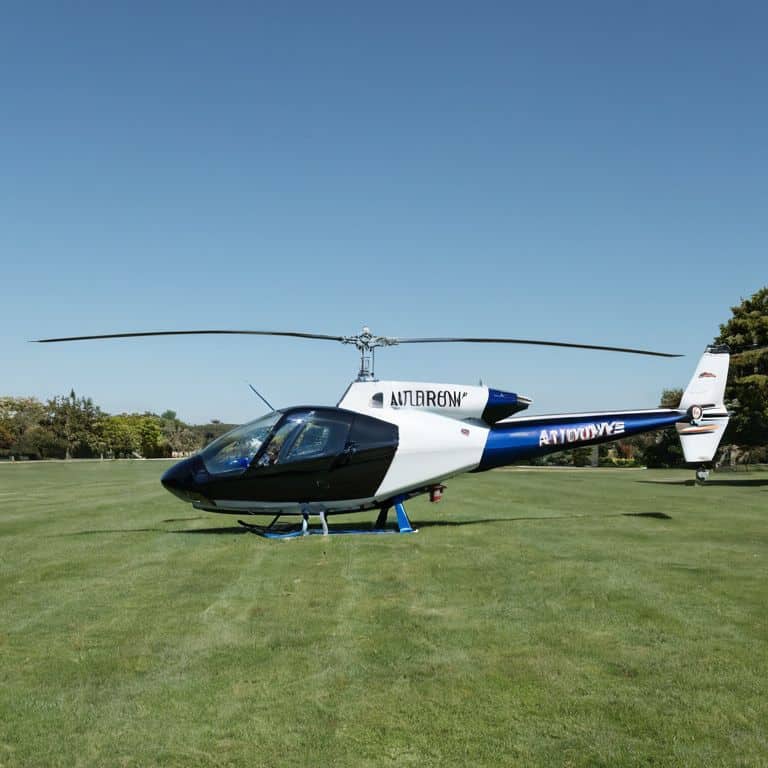I still remember the first time I heard someone claim that the potential of electric aircraft was being held back by unrealistic expectations. As an aerospace engineer with over 15 years of experience, I’ve seen my fair share of hype and disappointment. But what really gets my blood boiling is when people oversimplify the challenges of designing electric planes, as if it’s just a matter of slapping some batteries and motors onto a traditional airframe. The truth is, electric aircraft design requires a fundamental rethink of our approach to aerodynamics, propulsion, and energy management.
In this article, I promise to cut through the noise and give you a no-nonsense look at the current state of electric aircraft technology. I’ll share my own experiences, successes, and failures, to provide a clear understanding of what’s possible today and what’s still on the horizon. My goal is to educate and inspire, not to sell you on a particular vision of the future. By the end of this journey, you’ll have a deeper appreciation for the complex engineering challenges that must be overcome to realize the potential of electric aircraft and a clearer understanding of what it will take to make electric flight a reality.
Table of Contents
Unlocking the Potential
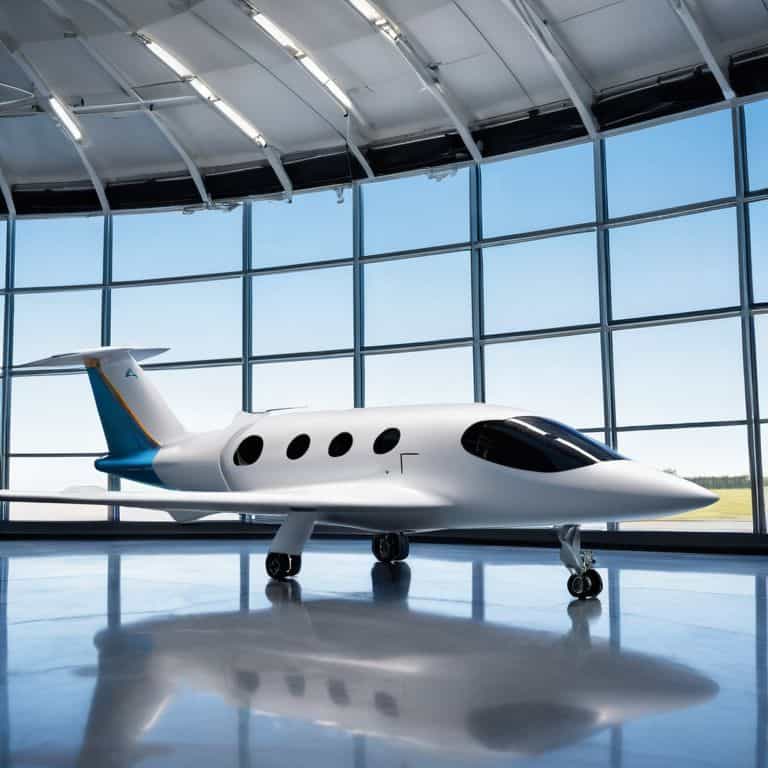
As I delve into the world of electric aircraft, I’m reminded of the fundamental principles of aerodynamics that govern their design. The introduction of electric propulsion systems has sparked a new wave of innovation, with researchers exploring ways to optimize electric motor efficiency and reduce energy consumption. This, in turn, has led to the development of more advanced battery technologies, which are crucial for increasing the range and viability of electric aircraft.
One of the most significant advantages of electric aircraft is the reduction in noise pollution. By replacing traditional fossil-fuel engines with electric motors, manufacturers can significantly decrease the noise footprint of their aircraft, making them more suitable for urban areas and reducing the impact on surrounding environments. Furthermore, the use of sustainable aviation fuels and electric propulsion systems can also lead to a decrease in emissions, paving the way for a more environmentally friendly future of electric flight.
As we continue to push the boundaries of electric aircraft design, we’re constantly reminded of the electric aircraft range limitations that still need to be addressed. However, with ongoing advancements in battery technology and electric propulsion systems, I’m confident that we’ll see significant improvements in the near future. The future of electric flight is undoubtedly exciting, and as an engineer, I’m eager to see how these developments will shape the industry and inspire new generations of engineers and aviation enthusiasts.
Advanced Battery Technologies Unleashed
As I delve into the world of electric aircraft, I’m excited to explore the role of advanced battery technologies in making these planes a reality. The development of more efficient and powerful batteries is crucial for increasing the range and endurance of electric aircraft. This, in turn, will pave the way for their widespread adoption in the aviation industry.
The introduction of lithium-ion batteries with higher energy density has been a significant breakthrough in this field. These batteries enable electric aircraft to fly for longer periods, making them a viable option for short- to medium-haul flights.
Electric Propulsion the Future
As I delve into the specifics of electric aircraft, I’m reminded of the efficiency gains that electric propulsion offers. By leveraging electric motors, we can significantly reduce the weight and complexity of traditional fossil-fuel-based systems. This not only leads to increased range and performance but also opens up new design possibilities for aircraft manufacturers.
The shift towards electric propulsion is also driven by advances in battery technology, which have improved substantially over the past decade. With more powerful and compact batteries, electric aircraft can now achieve longer flight times and higher speeds, making them a viable option for short- to medium-haul flights.
The Potential of Electric Aircraft
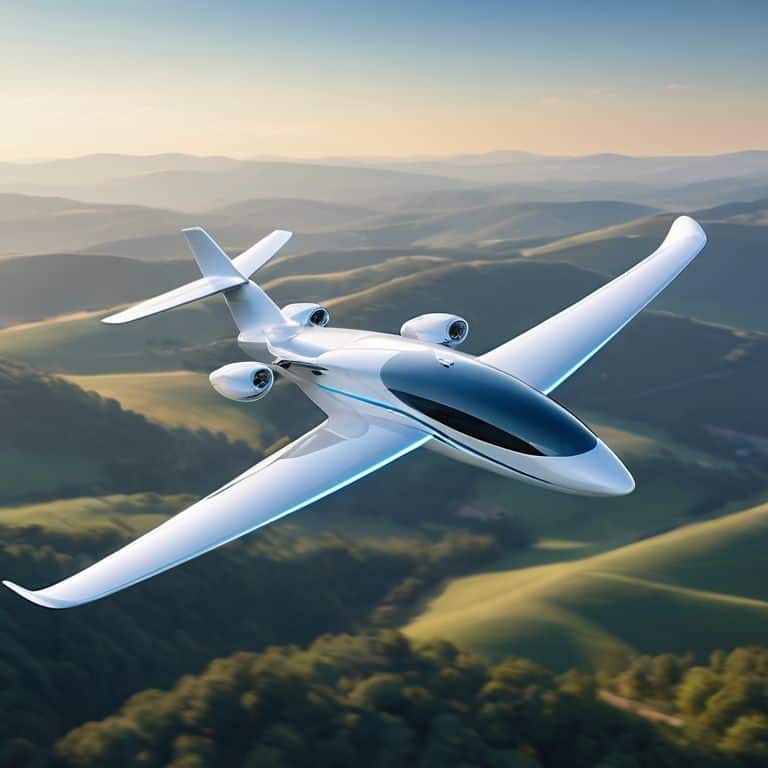
As I delve into the world of electric aircraft, I’m reminded of the fundamental shift in how we think about flight. The introduction of electric propulsion systems is not just a tweak to existing designs, but a paradigm change in the way we approach aviation. With electric propulsion, we’re looking at a significant reduction in noise pollution, making air travel more pleasant for both passengers and those on the ground.
The development of advanced battery technologies has been a crucial factor in pushing the boundaries of electric flight. These advancements have enabled the creation of more efficient and longer-lasting batteries, which in turn have helped to alleviate some of the electric aircraft range limitations. While we’re still in the early stages of electric aviation, the progress made so far is nothing short of remarkable. As we continue to innovate and improve electric propulsion systems, we can expect to see a significant increase in the range and efficiency of electric aircraft.
The future of electric flight is undoubtedly bright, with many experts predicting that sustainable aviation fuels will play a major role in reducing the environmental impact of air travel. As an aerospace engineer, I’m excited to see the impact that electric propulsion will have on the industry, from reducing noise pollution to increasing efficiency. With ongoing research and development, we can expect to see electric aircraft become an increasingly viable option for both commercial and private aviation, paving the way for a more sustainable aviation future.
Overcoming Electric Aircraft Range Limitations
As I delve into the challenges of electric aircraft, I’m reminded that range anxiety is a major hurdle. The limited energy density of batteries means that electric planes can’t yet match the endurance of their fossil-fuel counterparts. However, researchers are exploring innovative solutions to extend the range of electric aircraft.
To overcome these limitations, engineers are focusing on advanced aerodynamics, optimizing airframe designs to reduce drag and enhance overall efficiency. By minimizing energy consumption, electric planes can fly farther on a single charge, making them more viable for commercial and private use.
Sustainable Fuels and Noise Reduction
As I delve into the world of electric aircraft, I’m excited to explore the role of sustainable fuels in reducing our carbon footprint. The integration of eco-friendly fuels with electric propulsion systems has the potential to significantly decrease emissions, making air travel a more environmentally conscious option.
The use of electric propulsion also leads to noise reduction, which is a major benefit for both passengers and communities surrounding airports. By minimizing the noise pollution associated with traditional fossil-fuel-based aircraft, we can create a more pleasant flying experience and reduce the environmental impact of air travel.
5 Key Takeaways for Unlocking the Potential of Electric Aircraft
- Design for Efficiency: Optimizing aerodynamics and reducing weight are crucial for maximizing the range and performance of electric aircraft
- Leverage Advanced Materials: The use of cutting-edge composite materials can significantly enhance the structural integrity and efficiency of electric aircraft designs
- Invest in Battery Technology: Continuous advancements in battery technology are essential for increasing the range and viability of electric aircraft for commercial and private use
- Regulatory Frameworks Matter: Encouraging regulatory environments that support the development and deployment of electric aircraft can accelerate their adoption and innovation
- Systems Integration is Key: Successfully integrating electric propulsion systems with advanced avionics and airframe designs will be critical for realizing the full potential of electric aircraft
Key Takeaways from the Electric Aircraft Revolution
I’ve seen firsthand how electric propulsion systems are poised to transform the aviation industry, offering unparalleled efficiency and performance
Advances in battery technology are crucial to unlocking the full potential of electric aircraft, enabling longer flight ranges and more widespread adoption
As we continue to push the boundaries of electric flight, we can expect significant reductions in noise pollution and greenhouse gas emissions, making air travel more sustainable for generations to come
Unlocking the Skies
The potential of electric aircraft is not just about swapping out engines, it’s about revolutionizing the fundamental mechanics of flight, and I firmly believe that the future of aviation will be written in the language of electric propulsion.
Simon Foster
Embracing the Electric Revolution
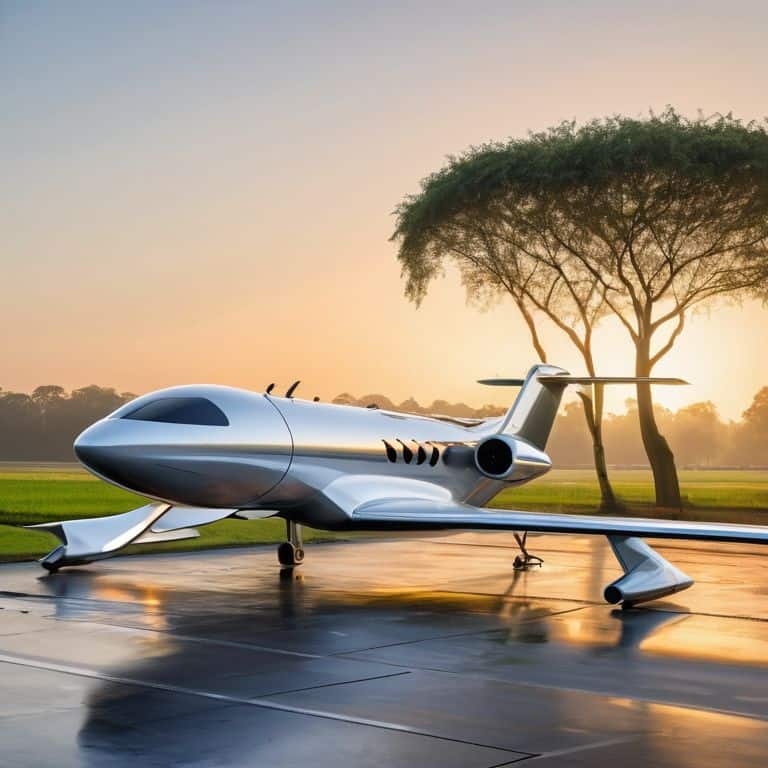
As I reflect on the potential of electric aircraft, it’s clear that we’re on the cusp of a paradigm shift in aviation. From electric propulsion to advanced battery technologies, the building blocks are in place for a fundamental transformation of the industry. We’ve explored the benefits of sustainable fuels and noise reduction, and examined the challenges of overcoming range limitations. Through it all, one thing is certain: the future of flight is electric, and it’s an exciting time to be a part of this journey.
As we look to the horizon, I’m reminded that the most elegant designs are often the most efficient ones. The science of flight is a never-ending pursuit of innovation, and electric aircraft represent the next great leap forward. So let’s embrace this revolution with unbridled enthusiasm, and inspire a new generation of engineers and aviation enthusiasts to join us in shaping the future of flight. The sky’s no longer the limit – it’s just the beginning.
Frequently Asked Questions
How will the development of electric aircraft impact the existing infrastructure of airports and fueling stations?
As electric aircraft take to the skies, airports and fueling stations will need to adapt, investing in charging infrastructure and potentially repurposing traditional fueling facilities, a challenge I’ve seen firsthand in my design work, where innovative solutions like inductive charging and battery swapping are being explored.
What are the potential safety benefits and risks associated with the introduction of electric propulsion systems in commercial aviation?
As an aerospace engineer, I believe electric propulsion systems can significantly reduce safety risks by minimizing engine failures and decreasing complexity. However, they also introduce new risks, such as battery thermal management and electrical system faults, which must be carefully mitigated through rigorous design and testing.
Can electric aircraft be designed to be as efficient and reliable as traditional fossil-fuel powered planes, and if so, what technological advancements are needed to achieve this?
I firmly believe electric aircraft can match, if not surpass, their fossil-fuel counterparts in efficiency and reliability. Advances in battery technology, electric motor design, and aerodynamic optimization are crucial. By leveraging these advancements, we can create electric planes that are not only environmentally friendly but also exceptionally efficient and dependable.
